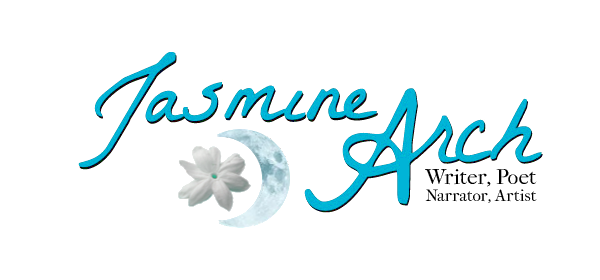Don’t be Dense. Use the Right Tense. Part 3
In Part 1 of this article, we compared writing to painting. We discussed the basic tenses you’ll work with. Your primary colours, if you will. In Part 2, we mixed things up, creating a richer palette, with lots of subtle shades at our disposal. Today, let’s expand our palette even more. We’re going to have…
Read more
